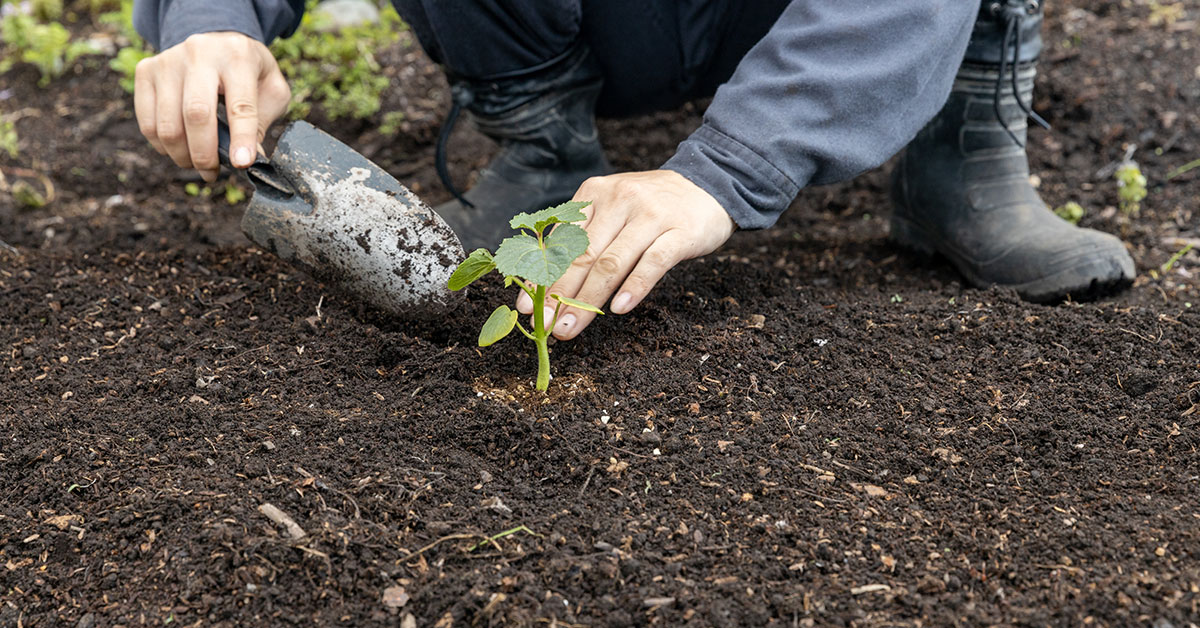Okra, also known as lady’s fingers, is a versatile and nutritious vegetable that thrives in warm climates. With its distinct elongated shape and vibrant green color, okra is a popular addition to many culinary dishes around the world. However, knowing the right time to harvest this vegetable is crucial to ensure optimal flavor and texture.
In this article, we will explore the various indicators that can help you determine when to harvest okra, allowing you to enjoy its tender pods at their peak. Whether you are a seasoned gardener or a beginner, understanding the signs of readiness will help you make the most of your okra harvest.
When to Harvest Okra
Okra is typically ready for harvest around 55 to 60 days after planting, depending on the variety and growing conditions. However, it’s important to note that the ideal harvesting time can vary slightly depending on your personal preference and the intended use of the okra. For fresh consumption, it is best to harvest okra when the pods are young and tender, usually around 2 to 4 inches (5 to 10 cm) in length. At this stage, the pods are still green and have not become tough or fibrous.
They should snap easily when bent. If you plan to use okra for pickling, you can wait a bit longer and harvest when the pods are around 4 to 6 inches (10 to 15 cm) long. They should still be firm and not overly mature. It’s important to regularly check your okra plants for ripe pods, as they can quickly become tough and inedible if left on the plant for too long.
Harvesting every 2 to 3 days is recommended during peak growing season. Remember to use a sharp knife or garden shears to cut the okra pods from the plant, being careful not to damage the stems or other developing pods.
Signs Your Okra Are Ready to Be Harvested
There are a few signs to look for when determining if okra is ready to be harvested:
- Size: Okra pods are typically ready to be harvested when they reach about 2-3 inches in length. Smaller pods are more tender and flavorful, while larger pods can become tough and fibrous.
- Color: Ripe okra pods are usually bright green in color. Avoid harvesting pods that are pale or yellowish, as they may be overripe and past their prime.
- Texture: Gently squeeze the okra pod to check for firmness. Ripe okra should feel firm but not too hard. If the pod feels soft or mushy, it may be overripe or starting to rot.
- Harvest frequency: Okra plants produce pods continuously throughout the growing season. Harvesting the pods every 2-3 days encourages the plant to keep producing more. If you notice pods reaching the desired size, it’s time to start harvesting.
- Stem appearance: When harvesting okra, it’s best to cut the stem about half an inch above the cap of the pod. If the stem is tough and difficult to cut, it may indicate that the pod is too mature and past its prime.
Remember, it’s important to regularly check your okra plants for ripe pods as they can quickly become tough and woody if left on the plant for too long. Harvesting at the right time ensures the best flavor and texture.
Signs Your Okra Aren’t Ripe Yet
There are a few signs that indicate okra is not yet ripe and should not be harvested:
- Size: Okra pods should reach a length of around 3-4 inches (7-10 cm) before they are ready for harvest. If the pods are smaller than this, it is best to leave them on the plant to continue growing.
- Texture: Immature okra pods are usually very tender and have a soft texture. If the pods feel hard or firm to the touch, they are likely not yet ripe.
- Color: Okra pods are typically green, but the shade can vary depending on the variety. If the pods are pale or have a yellowish tint, it indicates that they are not fully matured.
- Stem appearance: The stem connecting the okra pod to the plant should be green and pliable. If the stem is still tough and difficult to snap off, it suggests that the okra is not yet ready for harvest.
- Spines: Okra pods have small spines on their surface, but when the pods are immature, these spines are soft and flexible. If the spines feel hard or rigid, it is a sign that the okra is not yet ripe.
Remember, it is best to harvest okra when it is young and tender for the best flavor and texture. Leaving the pods on the plant for too long can result in tough and fibrous okra.













